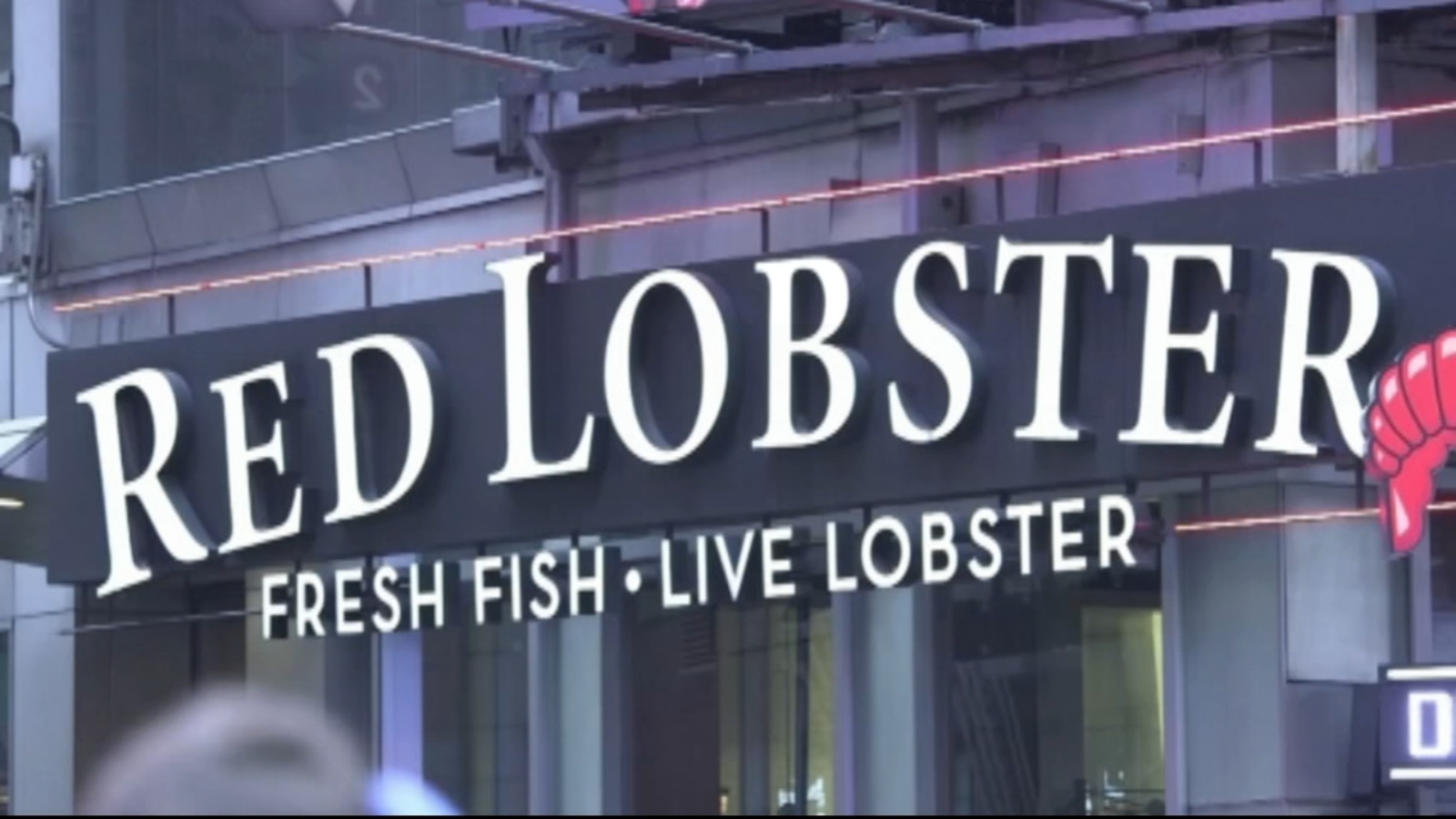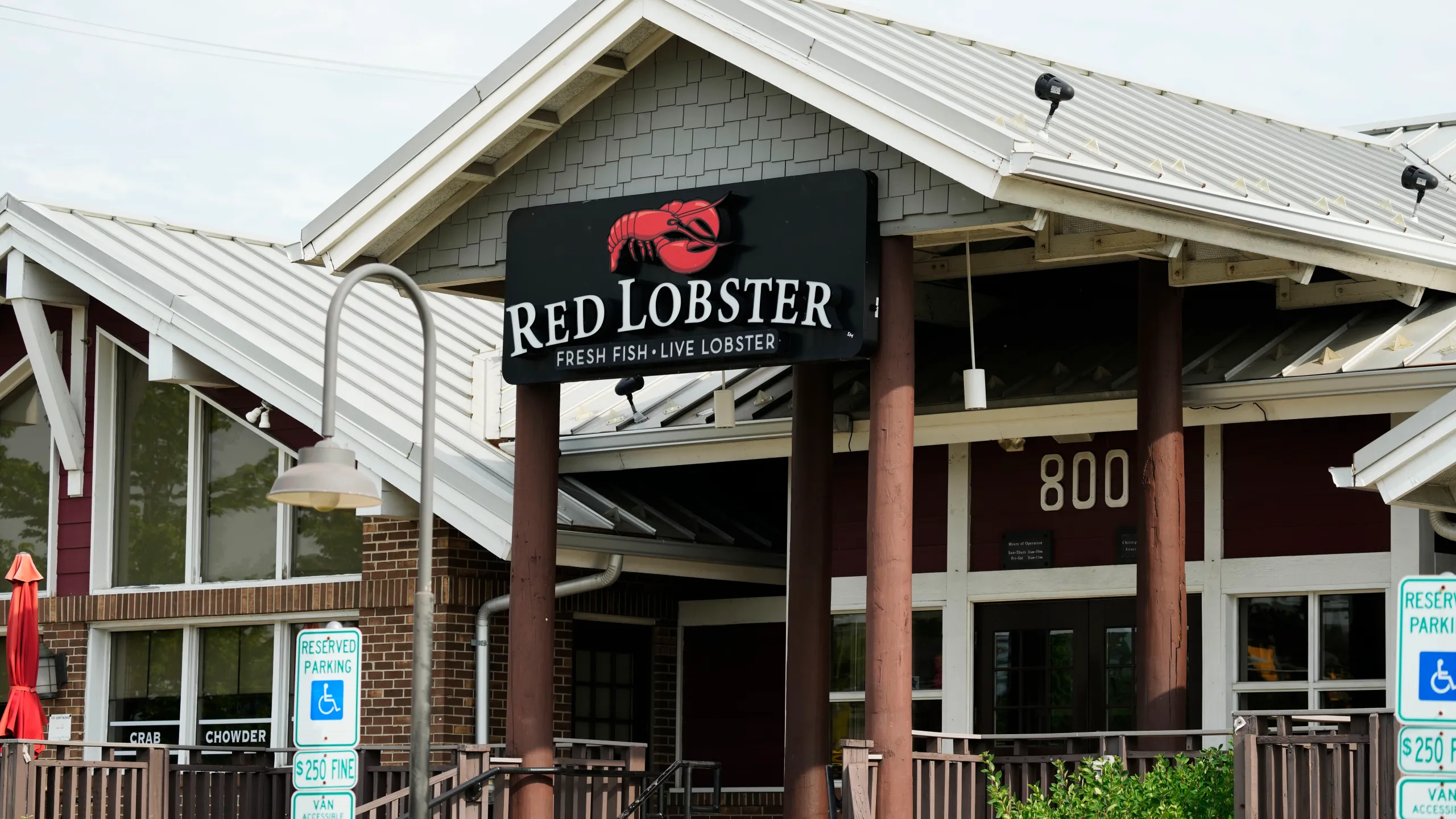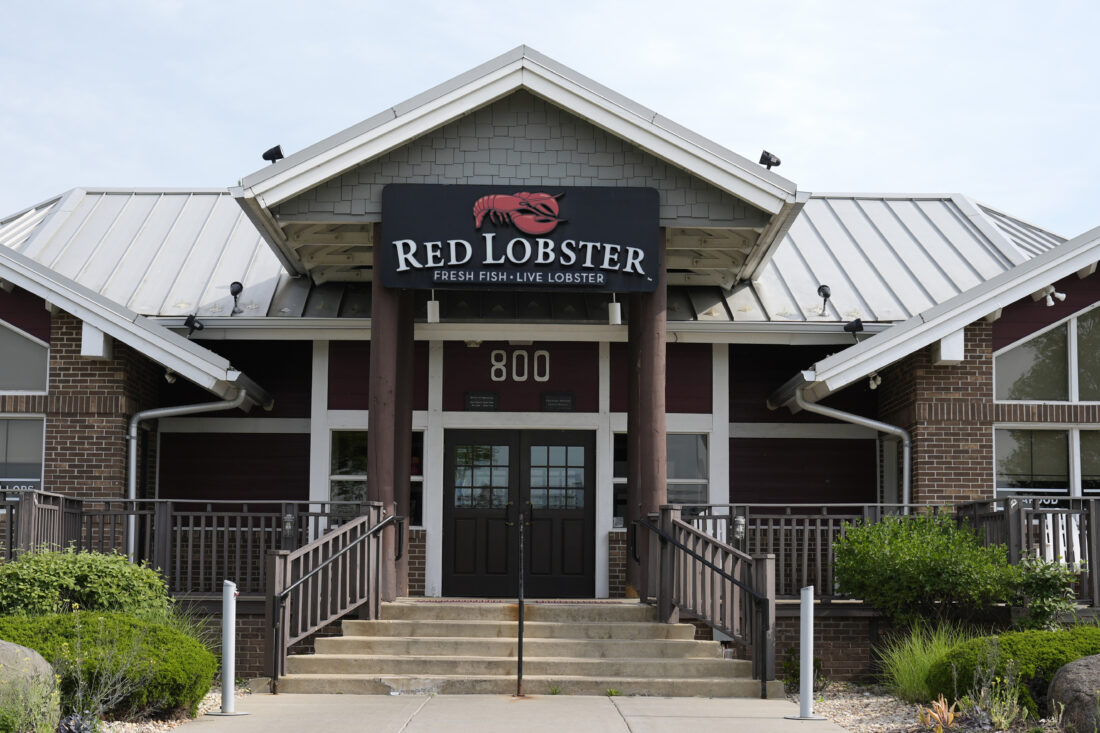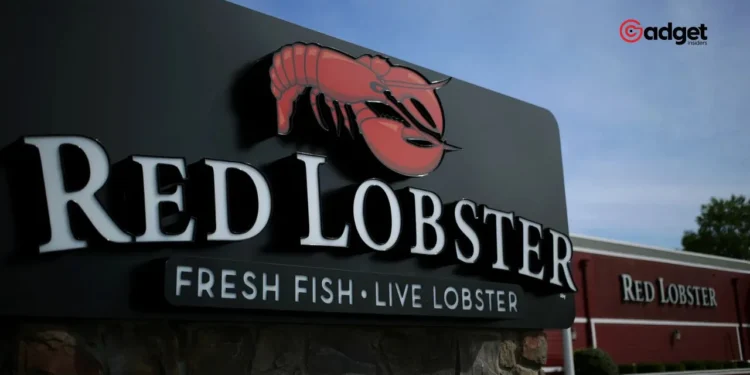In a tale of corporate challenges and personal disdain, Thai Union’s CEO Thiraphong Chansiri expressed a unique consequence of business ownership: a scar so profound that it led him to forsake lobster altogether. Acquiring a majority stake in the iconic Red Lobster chain in 2020 might have seemed a promising venture, but by 2023, the company had declared Chapter 11 bankruptcy, leading Chansiri to declare to investors that he was done with lobsters forever.
“Other people stop eating beef. I’m going to stop eating lobster,” Chansiri remarked during an earnings call, reflecting a personal choice reminiscent of the dietary restrictions observed by some followers of Buddhism.

Red Lobster’s Struggle and Bankruptcy
Despite the CEO’s personal decisions, company’s operational woes tell a broader story of financial turbulence. On May 19, the seafood giant confirmed its filing for bankruptcy protection, citing substantial operating losses throughout 2023. While the restaurants remain operational during the Chapter 11 process, the chain faces uncertainty about its future.
Red Lobster’s decision to turn its “Endless Shrimp” promotion into a daily feature backfired significantly, resulting in substantial financial losses. These missteps underscore the larger narrative of how strategic errors can lead to dire consequences for well-known brands.
Red Lobster has filed for bankruptcy pic.twitter.com/5oB6EAkiBs
— Dexerto (@Dexerto) May 20, 2024
Feng Shui and Management Decisions
Interestingly, Chansiri’s approach to managing Red Lobster was influenced by more than just financial considerations. A firm believer in feng shui, the CEO reportedly made decisions about the physical layout of the company’s executive offices based on this ancient Chinese practice. “Feng shui, which means ‘wind’ and ‘water’ in Chinese, focuses on achieving harmony between an environment and its inhabitants,” explained a CNN report, which also noted that Chansiri left certain offices empty due to their poor feng shui.

The Role of Private Equity and Ownership Changes
The narrative of Red Lobster’s decline also involves the significant impact of private equity ownership. In 2014, Darden Restaurants sold Red Lobster to Golden Gate Capital for $2.1 billion, a move that involved the sale of the chain’s real estate assets and shifted the business model to leasing properties. This change increased operational costs significantly and contributed to the financial strain on the company.
When Thai Union took over in 2020 after purchasing Golden Gate’s remaining equity stake, there was hope for stabilization. However, the changes in leadership and management strategies have led to continuous challenges and high turnover in the executive ranks.
The Impact on Supply Chain and Allegations
Amidst these operational challenges, Red Lobster’s supply chain faced its own set of issues. Jonathan Tibus, appointed as CEO in March, criticized the “outsized influence” of Thai Union on Red Lobster’s shrimp purchasing decisions. Tibus’ concerns about coordination with Thai Union to the detriment of other suppliers highlight ongoing tensions within the company’s management.

Despite these allegations, which a Thai Union spokesperson dismissed as “meritless,” the relationship between the supplier and Red Lobster is slated to continue, given their 30-year history.
Conclusion: A Seafood Giant at a Crossroads
As Red Lobster navigates its bankruptcy and attempts a turnaround under its new leadership, the seafood chain stands at a critical juncture. With its history of iconic dining experiences and recent years of operational turmoil, the future of Red Lobster remains uncertain, mirroring the personal disassociation of its major stakeholder from the very crustacean that once symbolized its success.










